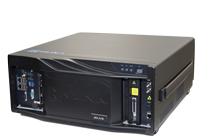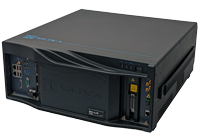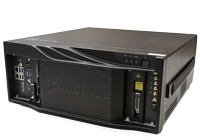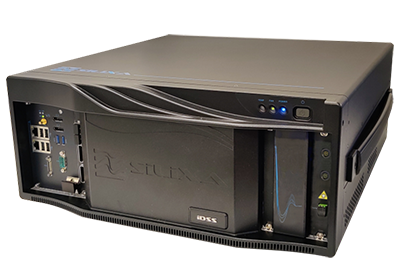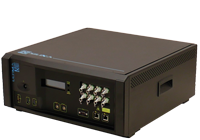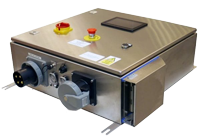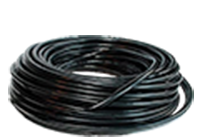Bringing you the best of both worlds: the engineered fibre optic sensing system combining the extensive, high-density coverage of a distributed acoustic sensor with sensitivity beyond that of point sensors.
Carina Sensing System is a versatile fibre optic sensing system and comprises an advanced optoelectronics interrogator and sensing cables, which are equipped with the new family of engineered Constellation™ fibres; to gain two orders of magnitude lower noise floor (100x or 20 dB improvement) over that achieved with standard fibres.

A transformative performance improvement has been achieved by advancing the state of the iDAS™ optoelectronics interrogator architecture, together with the introduction of new and proprietary Constellation fibre. This fibre is precision engineered to provide bright scatter centres along its length to capture and reflect more light back to the interrogator. This is achieved without introducing significant loss to the forward propagating laser pulses. With Carina Sensing System, it is possible to achieve the massive coverage of distributed sensors without having to compromise on sensitivity.
This step change in performance is most acute in applications with low acoustic signal levels such as is common with event detection and classification, flow monitoring and borehole seismic and microseismic applications where acoustic information can be present at, or below, the inherent system noise floor of the current technology and therefore difficult to detect.
In addition to Constellation fibre, the Carina interrogator is compatible with standard singlemode and multimode optical fibres, which can also be incorporated into the same cable for independent distributed temperature and static strain sensing.

The power of Silixa’s phase-coherent iDAS and Carina distributed sensors enables advanced array processing techniques such as 2D-FFTs for use in fluid velocity and composition analysis.
Provides a 20 dB (100x) higher signal to noise ratio than can be achieved on standard singlemode fibres
Detects events that were previously impossible to hear (passive seismic, leaks, etc)
Provides the finest spatial resolution available while maintaining high SNR
Wider dynamic range capability to enable a single sensor to detect both the smallest and largest acoustic events
Consistent noise floor as a function of distance along the fiber, with low noise floor data even 100 km from the interrogator
Enhanced low signal frequency performance when compared to all other DAS instruments
Save costs and time by using smaller seismic sources for shorter periods of time while still acquiring data over a wide aperture for every shot
Improved tolerance for optical losses
Achieves better single-channel performance than conventional sensors on top of the added benefits of a distributed array system.

A Waterfall much cleaner with significantly lower and more uniform noise
B Noise characteristics constant across channels
C Cleaner signal and better amplitude stability
D 20 dB noise reduction and flat noise floor



